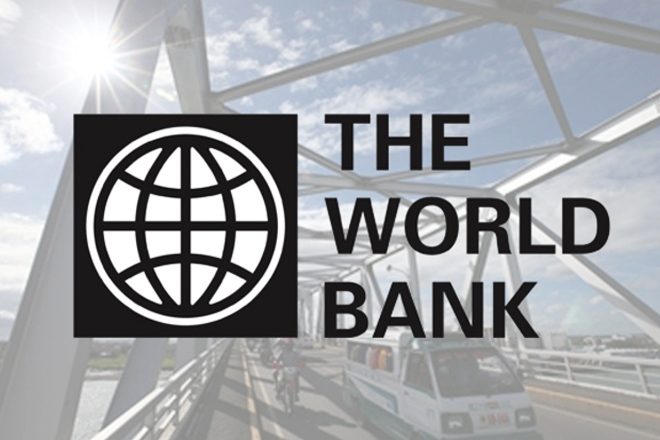Apr 14, 2020 (LBO) - Amid the mounting human toll and global economic fallout triggered by the COVID-19 pandemic, South Asian governments must ramp up action to curb the health emergency, protect their people, especially the poorest and most vulnerable, and set the stage now for fast economic recovery, says the World Bank in its twice-a-year-regional update.
Released today, the latest South Asia Economic Focusanticipates a sharp economic slump in each of the region’s eight countries, caused by halting economic activity, collapsing trade, and greater stress in the financial and banking sectors.
In this fast-changing and uncertain context, the report presents a range forecast, estimating that regional growth will fall to a range between 1.8 and 2.8 percent in 2020, down from 6.3 percent projected six months ago. That would be the region’s worst performance in the last 40 years, with temporary contractions in all South Asian countries. In case of prolonged and broad national lockdowns, the report warns of a worst-case scenario in which the entire region would experience a negative growth rate this year.
This deteriorated forecast will linger in 2021, with growth projected to hover between 3.1 and 4.0 percent, down from the previous 6.7 percent estimate.
“The priority for all South Asian governments is to contain the virus spread and protect their people, especially the poorest who face considerably worse health and economic outcomes,” said Hartwig Schafer, World Bank Vice President for the South Asia Region. “The COVID-19 crisis is also an urgent call-to-action moment to pursue innovative policies and jumpstart South Asian economies once the crisis is over. Failure to do so can lead to long-term growth disruptions and reverse hard-won progress in reducing poverty.”
The impact of the pandemic will hit hard low-income people, especially informal workers in the hospitality, retail trade, and transport sectors who have limited or no access to healthcare or social safety nets. The report notes that the COVID-19 shock will likely reinforce inequality in South Asia. As played out across the region, the sudden and large-scale loss of low paid work has driven a mass exodus of migrant workers from cities to rural areas, spiking fear that many of them will fall back into poverty. While there are no signs yet of widespread food shortages, the report warns that a protracted COVID-19 crisis may threaten food security, especially for the most vulnerable.
In the short term, the report recommends preparing weak healthcare systems for greater COVID-19 impacts, as well as providing safety nets and securing access to food, medical supplies, and necessities for the most vulnerable. To minimize short-term economic pain, the report calls for establishing temporary work programs for unemployed migrant workers, enacting debt relief measures for businesses and individuals, and easing inter-regional customs clearance to speed up import and export of essential goods.
Once lockdown restrictions are loosened, South Asian governments should adopt expansionary fiscal policies combined with monetary stimulus to keep credit flowing in their economies. Since many South Asian countries have limited fiscal space, these policies should target people worst hit by the freeze on economic activity. The report urges governments to adopt temporary spending measures and coordinate with international financial partners to avoid unsustainable long-term debt levels and fiscal deficits.
“After tackling the immediate COVID-19 threat, South Asian countries must keep their sovereign debt sustainable through fiscal prudence and debt relief initiatives,” said Hans Timmer, World Bank Chief Economist for the South Asia Region. “And looking beyond the present crisis, lie great opportunities to expand digital technologies for payment systems and distant learning to unlock remote areas in South Asia.”

